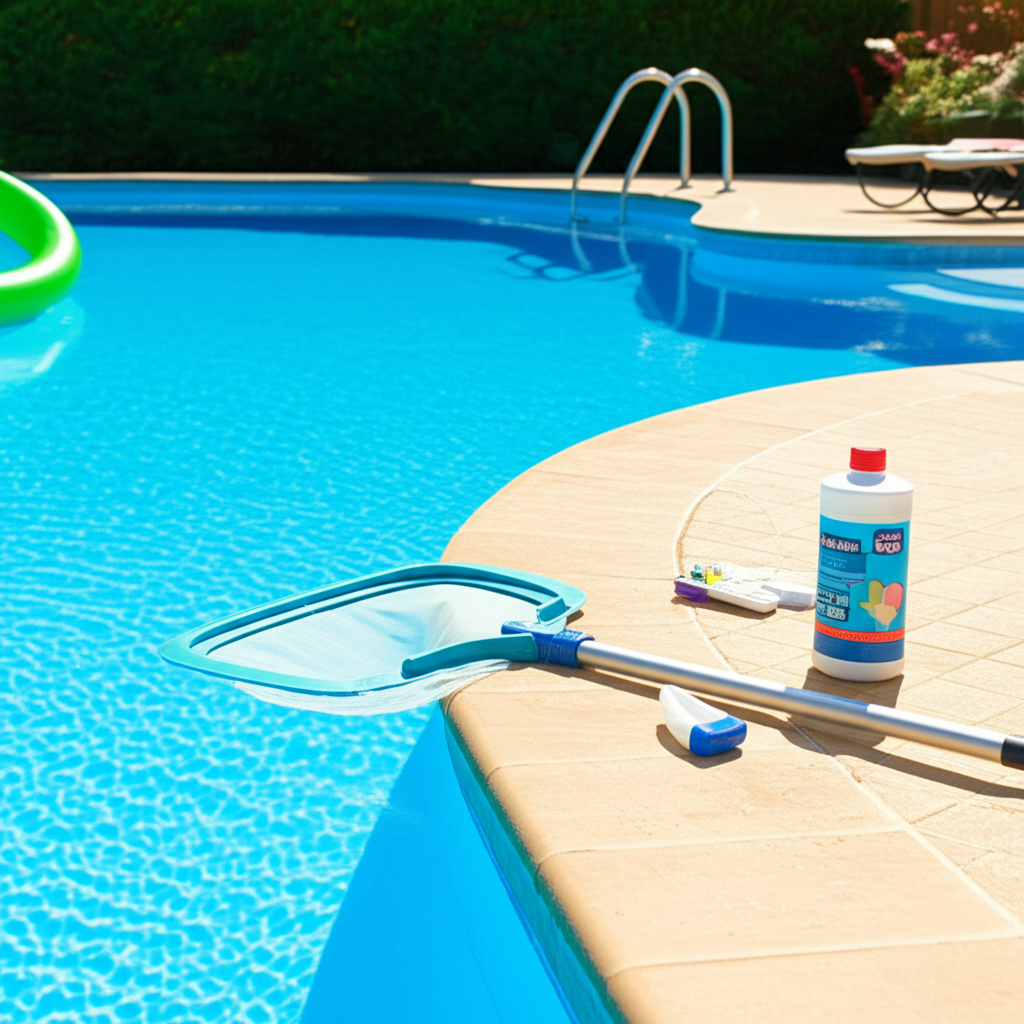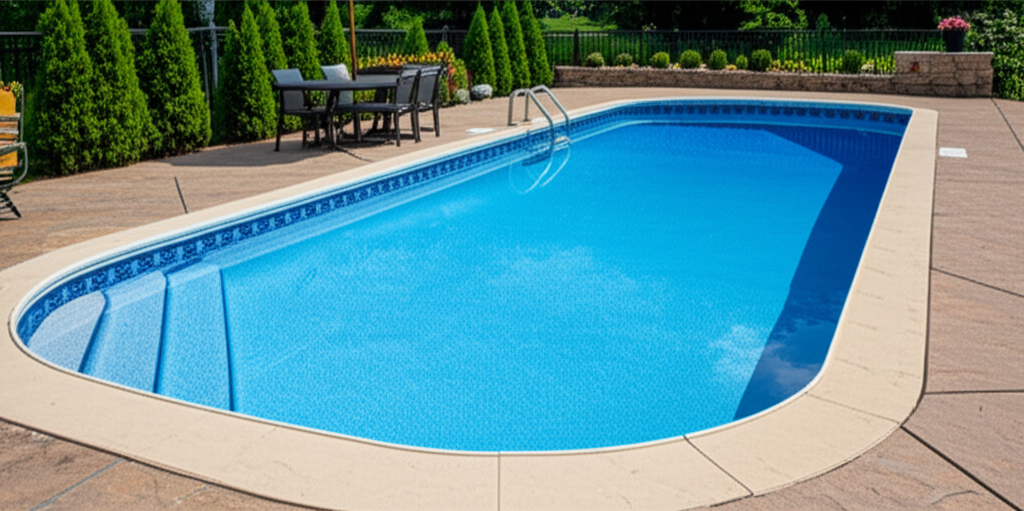- Why a Pool Care Log is Indispensable for Every Pool Owner
- What to Include in Your Effective Pool Care Log
- Building Your Effective Pool Care Log
- Troubleshooting and Long-Term Value
A Pool Care Log is not just another chore; it’s your most valuable tool for maintaining a sparkling, safe, and efficient swimming pool. Think of it as your pool’s health journal, a systematic record-keeping method that transforms reactive maintenance into proactive prevention. For pool owners, especially those new to the responsibilities, the sheer volume of tasks and chemical balances can feel overwhelming. A dedicated log simplifies this, providing a clear history of tests, treatments, and observations that ultimately saves you time, money, and headaches.
Why a Pool Care Log is Indispensable for Every Pool Owner
Maintaining a crystal-clear pool involves a delicate balance of chemistry, cleaning, and equipment checks. Without a systematic approach, it’s easy to miss crucial steps, leading to issues like algae blooms, cloudy water, or equipment malfunctions. This is precisely where the Pool Care Log shines, offering several key benefits:
1. Tracking Trends and Preventing Issues: By consistently recording data, you can spot patterns. Is your pH always drifting high after a heavy rain? Does your chlorine consistently drop quickly on sunny days? Identifying these trends allows you to anticipate problems and adjust your routine proactively, rather than constantly reacting to crises.
2. Effective Troubleshooting: When an issue arises, your log provides a detailed history. Instead of guessing, you can review past chemical levels, additions, and equipment performance to pinpoint the likely cause. This significantly reduces diagnosis time and the frustration of trial-and-error solutions.
3. Optimizing Chemical Usage: Over-treating or under-treating your pool is expensive and can damage equipment or linings. A log helps you understand exactly how much of each chemical your pool needs under various conditions, leading to more precise dosing and reduced waste.
4. Ensuring Swimmer Health and Safety: Balanced water chemistry is paramount for swimmer comfort and safety. Proper pH prevents eye and skin irritation, while adequate sanitizer levels kill harmful bacteria. A log helps ensure these critical parameters are consistently met.
5. Simplifying Professional Consultations: Should you need to call a pool professional, a well-maintained log provides them with immediate, actionable data. This can greatly assist in their diagnosis and reduce the time (and cost) of their visit.
6. Extending Equipment Lifespan: Consistent maintenance, tracked in your log, means your pump, filter, heater, and other components are operating under optimal conditions, leading to a longer, more efficient lifespan.
What to Include in Your Effective Pool Care Log
To make your log genuinely useful, consistency and detail are key. Here’s a breakdown of essential information to record:
Daily (or Every Other Day) Checks:
Date and Time: Essential for tracking.
Water Level: Note if you topped it off.
Skimmer/Pump Baskets: Note if emptied.
Visual Clarity: Clear, cloudy, green, etc.
Filter Pressure: Record the PSI, looking for significant increases that indicate a need for backwashing.
Weekly (or Bi-Weekly) Thorough Checks:
Water Test Log: This is the heart of your pool’s health record. Record the results of all your water tests:
pH: Ideal 7.4-7.6
Total Alkalinity (TA): Ideal 80-120 ppm
Free Chlorine (FC) / Bromine: Ideal 1-3 ppm (FC), 3-5 ppm (Bromine)
Cyanuric Acid (CYA): Ideal 30-50 ppm (for chlorine pools)
Calcium Hardness (CH): Ideal 200-400 ppm
Notes: Record all chemical additions (product name, amount, and time added) and any actions taken (e.g., added pH reducer, shocked pool).
Cleaning Activities: When you brushed the walls and floor, vacuumed the pool, or skimmed debris.
Filter Maintenance: Date of backwashing or chemical cleaning of cartridges.
Monthly / Periodic Checks:
Equipment Inspection: Dates of checking for leaks, unusual noises, or wear and tear on the pump, filter, heater, and automatic cleaner.
Salt Cell Cleaning: For saltwater pools, record when the salt cell was inspected and cleaned.
Pool Shocking: Date and amount of shock treatment.
Water Replacement: If you partially drained and refilled your pool, record the date and estimated volume.
Other Important Notes:
Weather Conditions: Heavy rain, extreme heat, or storms can significantly impact water chemistry.
Bather Load: Note periods of heavy usage, which might require more sanitizer.
Repairs and Service: Date, description of issue, who performed the service, and cost.
Building Your Effective Pool Care Log
Choosing the right format for your log depends on your preference:
Notebook/Binder: Simple, low-tech, and easy to take poolside. Create your own columns and rows for relevant data.
Printable Templates: Many free templates are available online that you can print and fill out.
Spreadsheet (Excel/Google Sheets): Offers excellent flexibility for customization, trend analysis (using charts), and easy access from multiple devices.
* Mobile Apps: Several dedicated pool care apps offer digital logging, calculations, and reminders. Some can even integrate with smart home devices.
Regardless of your chosen format, the key is consistency. Set a regular schedule for your checks – whether it’s daily, every other day, or weekly – and stick to it. Make it a habit, like brushing your teeth or watering your plants.
Troubleshooting and Long-Term Value
When issues inevitably arise, your diligent Pool Care Log transforms from a record-keeping task into a powerful diagnostic tool. If you notice persistent algae, for instance, a quick review of your log can reveal if your sanitizer levels have been consistently low or if CYA has crept too high. If your pH is constantly fluctuating, you might find a pattern linked to heavy bather load or recent rainfall.
Over years, a comprehensive log becomes an invaluable historical archive. It can show you how your pool behaves through different seasons, how effective new products are, and when specific equipment might be nearing the end of its life based on past maintenance records. This institutional knowledge significantly enhances your ability to care for your pool and protect your investment.
In conclusion, a Pool Care Log is more than just a place to jot down numbers; it’s the foundation of effective, efficient, and enjoyable pool ownership. By diligently recording your pool’s vital statistics and maintenance activities, you gain clarity, save money, prevent problems, and ensure your swimming oasis remains pristine all season long. Start your log today and experience the peace of mind that comes with truly understanding your pool.



